Livestock trucks





2007 DAF LF45-160
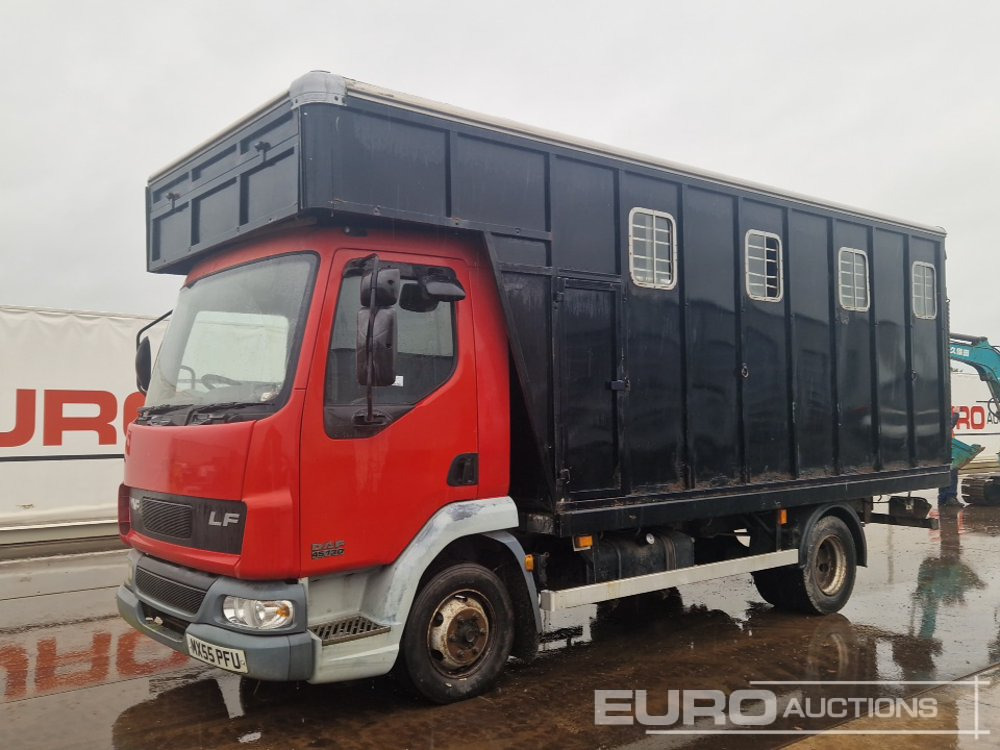
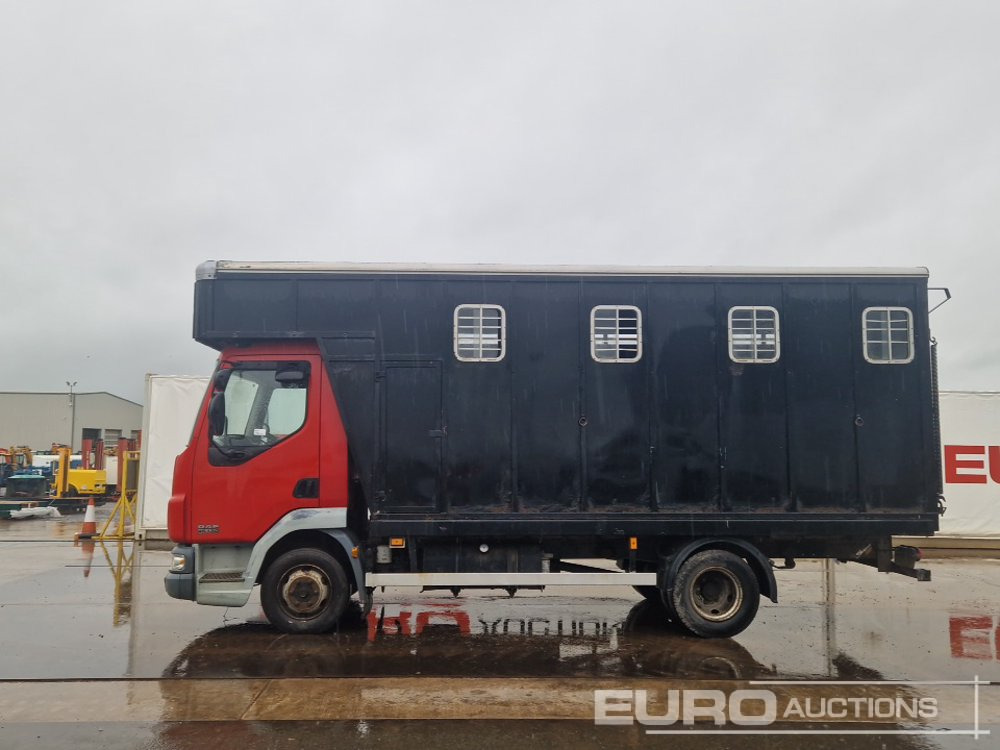
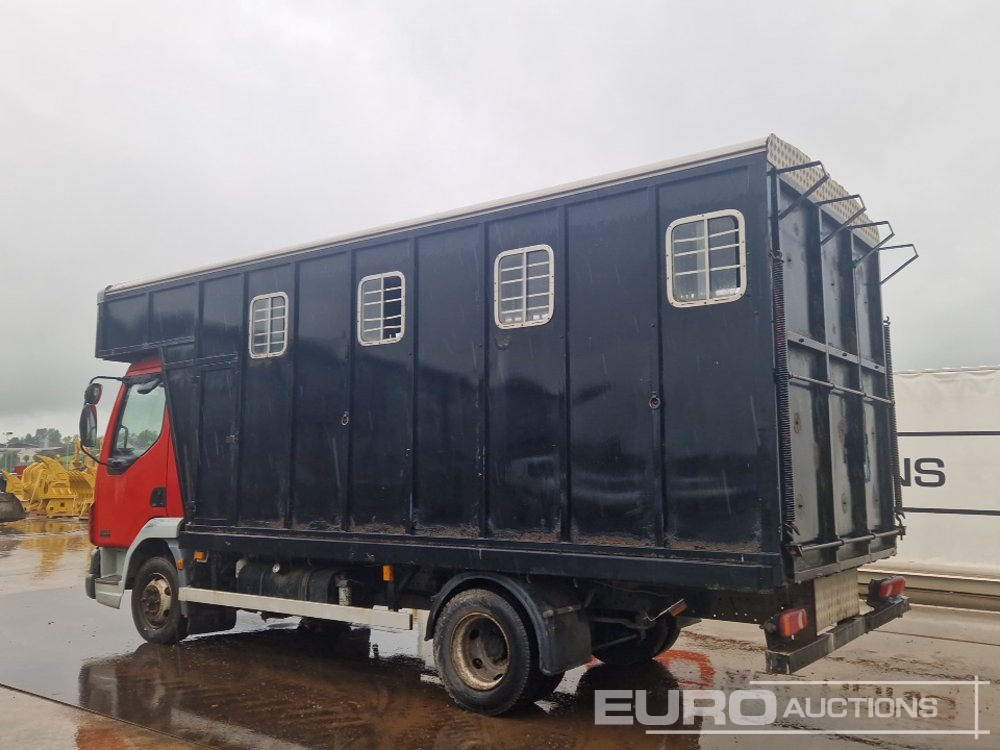

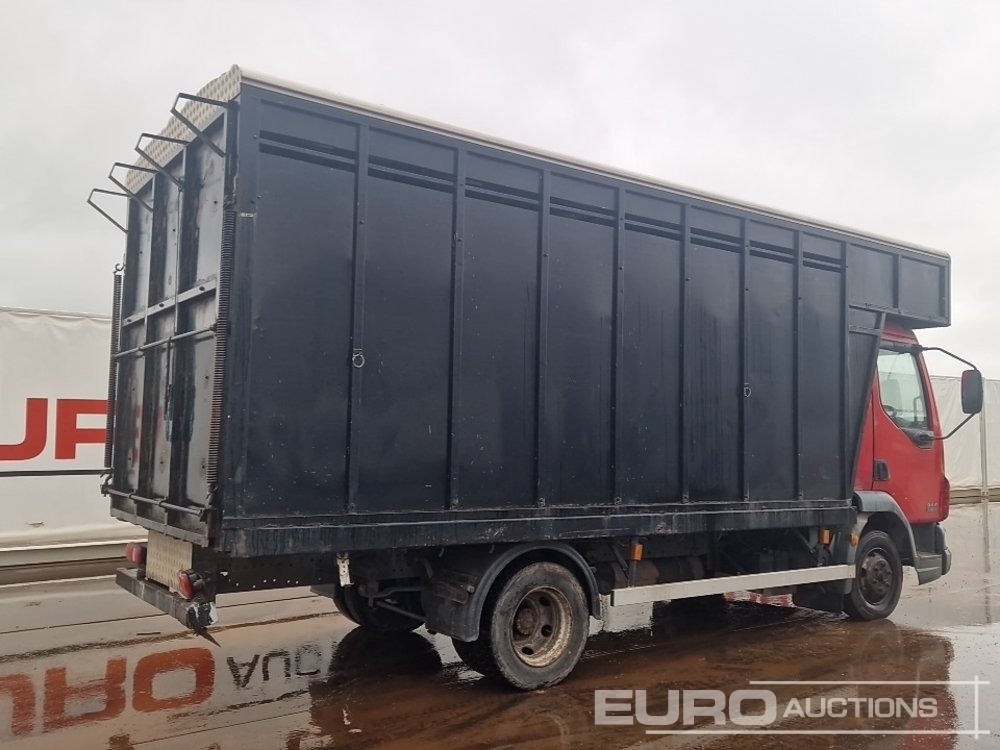
2005 DAF LF45.130

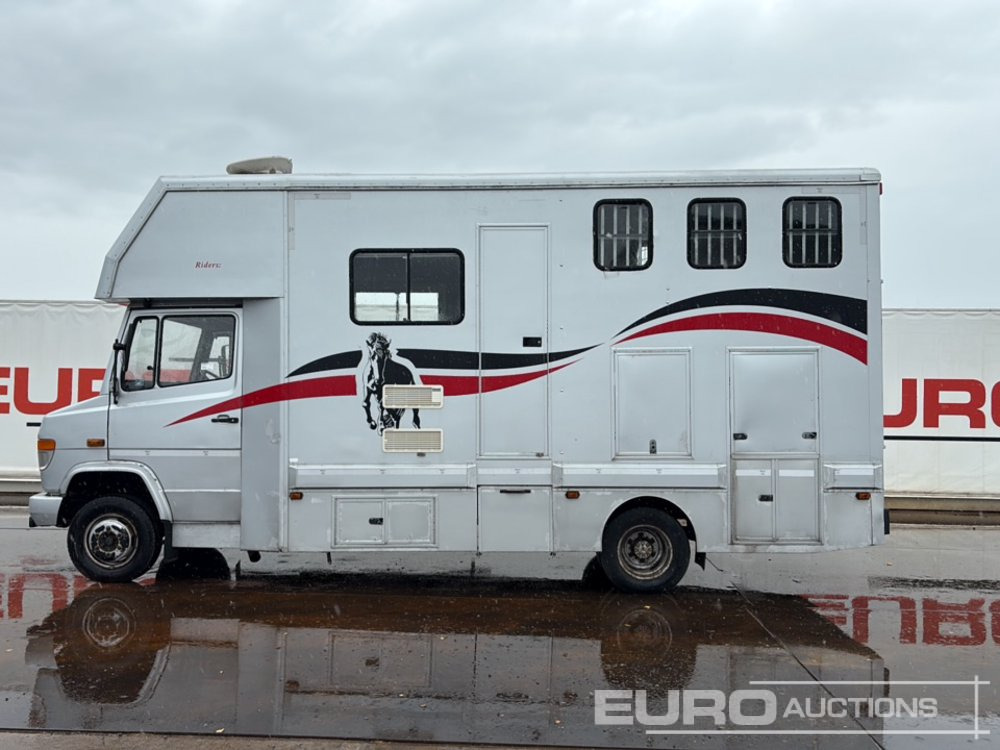
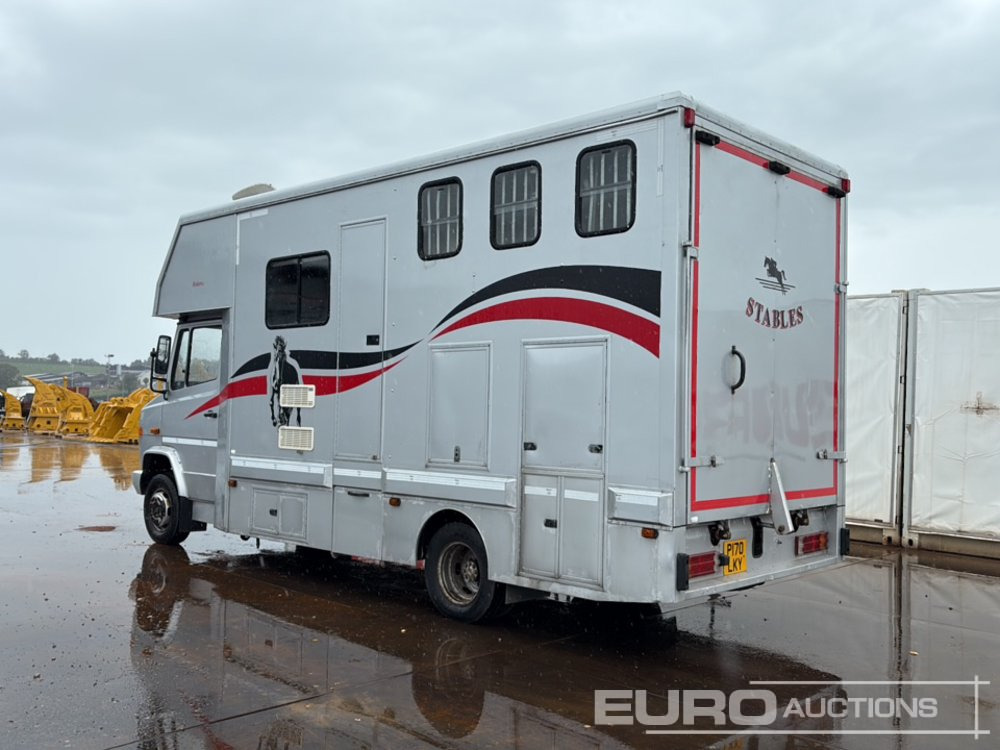
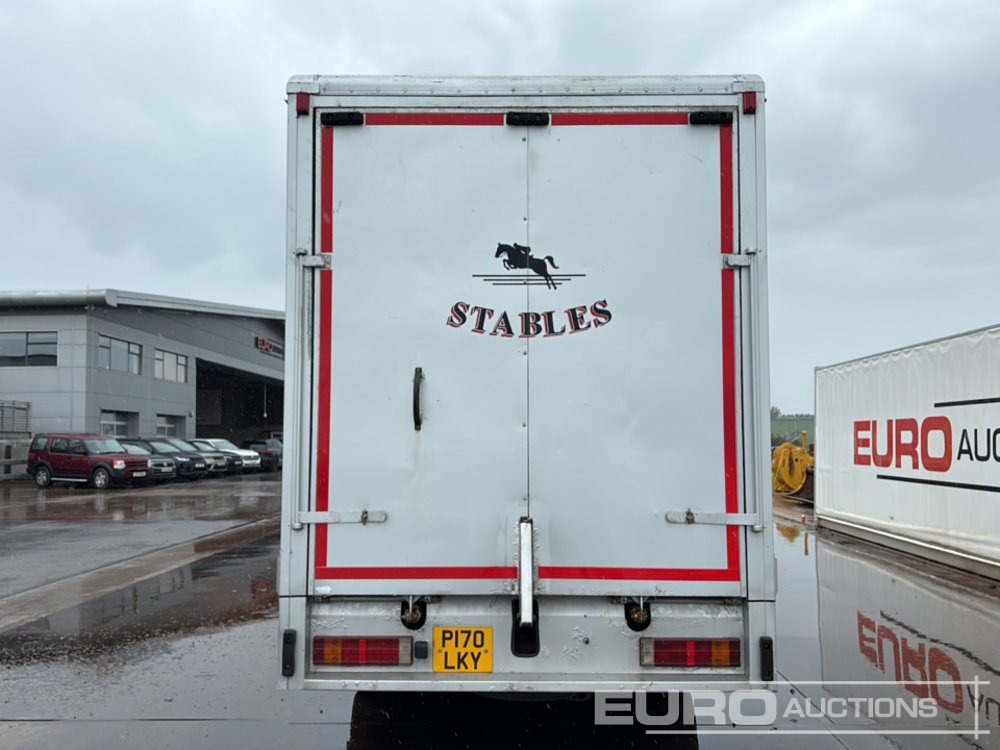
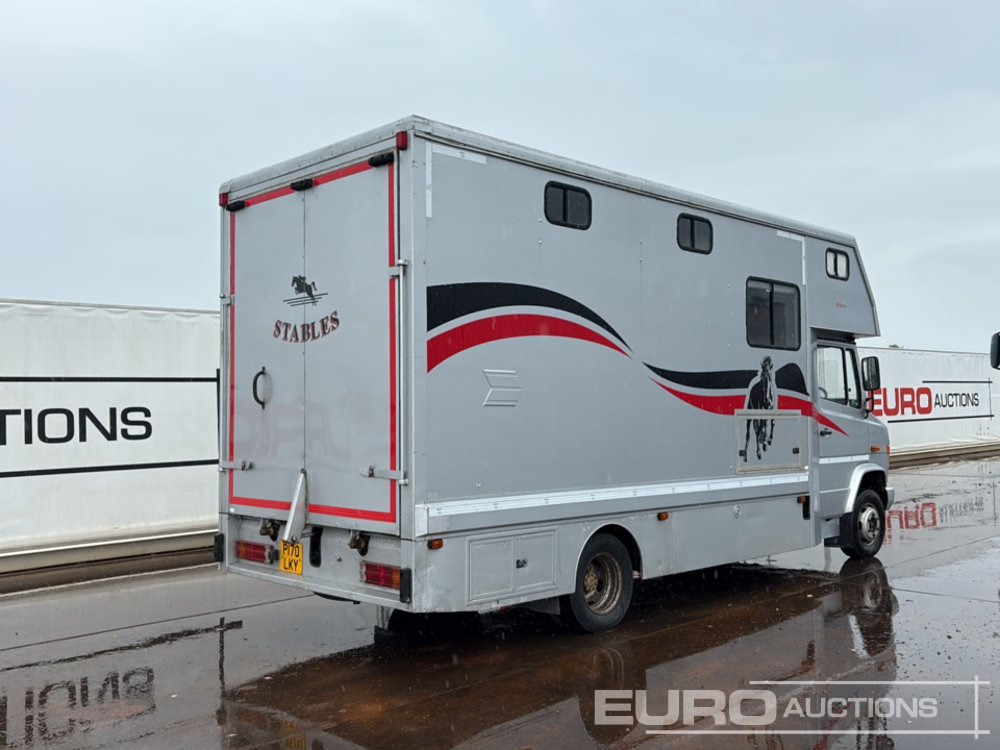
1997 Mercedes 612D





C65C IVECO (2009)
215EUR
- ≈ 21 938 INR
- ≈ 250 USD
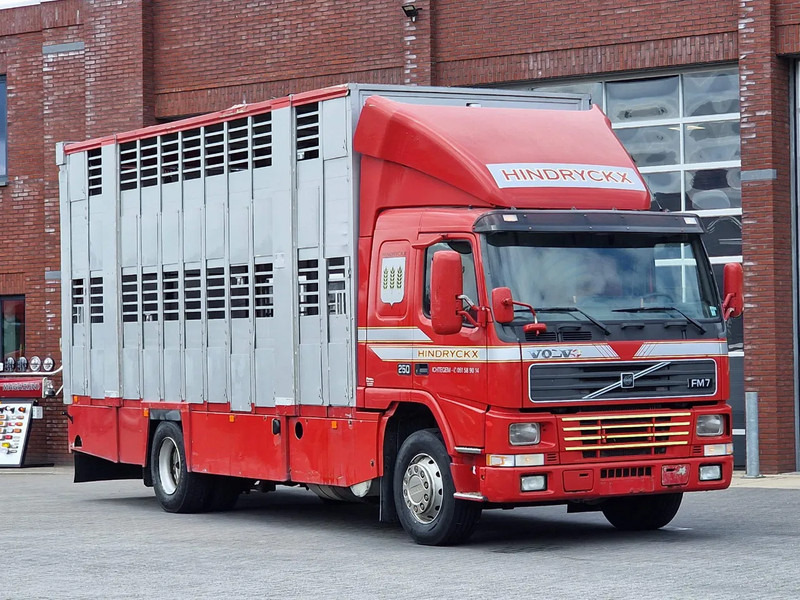
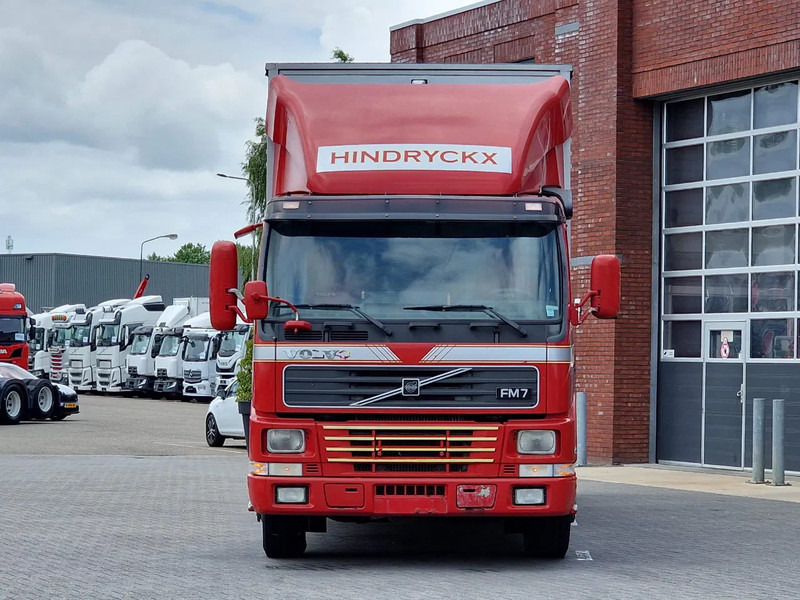

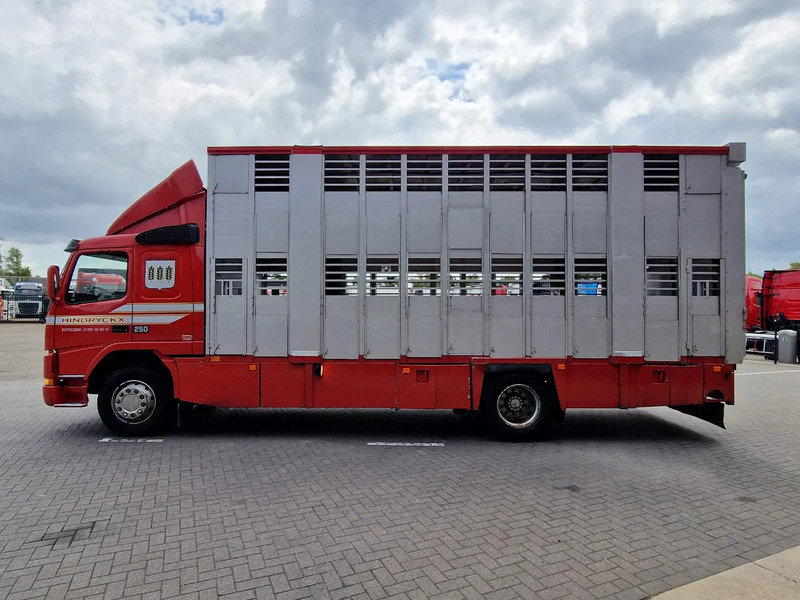

Volvo FM 250 4x- Livestock 2 deck - Lifting floors - Loadlift - Manual gearbox
13 900EUR
Price excl. VAT
- ≈ 1 418 356 INR
- ≈ 16 184 USD





Volvo FH 16.750 6x6/6x4 2 deck livestock - Full air - VEB +
29 900EUR
Price excl. VAT
- ≈ 3 050 996 INR
- ≈ 34 813 USD



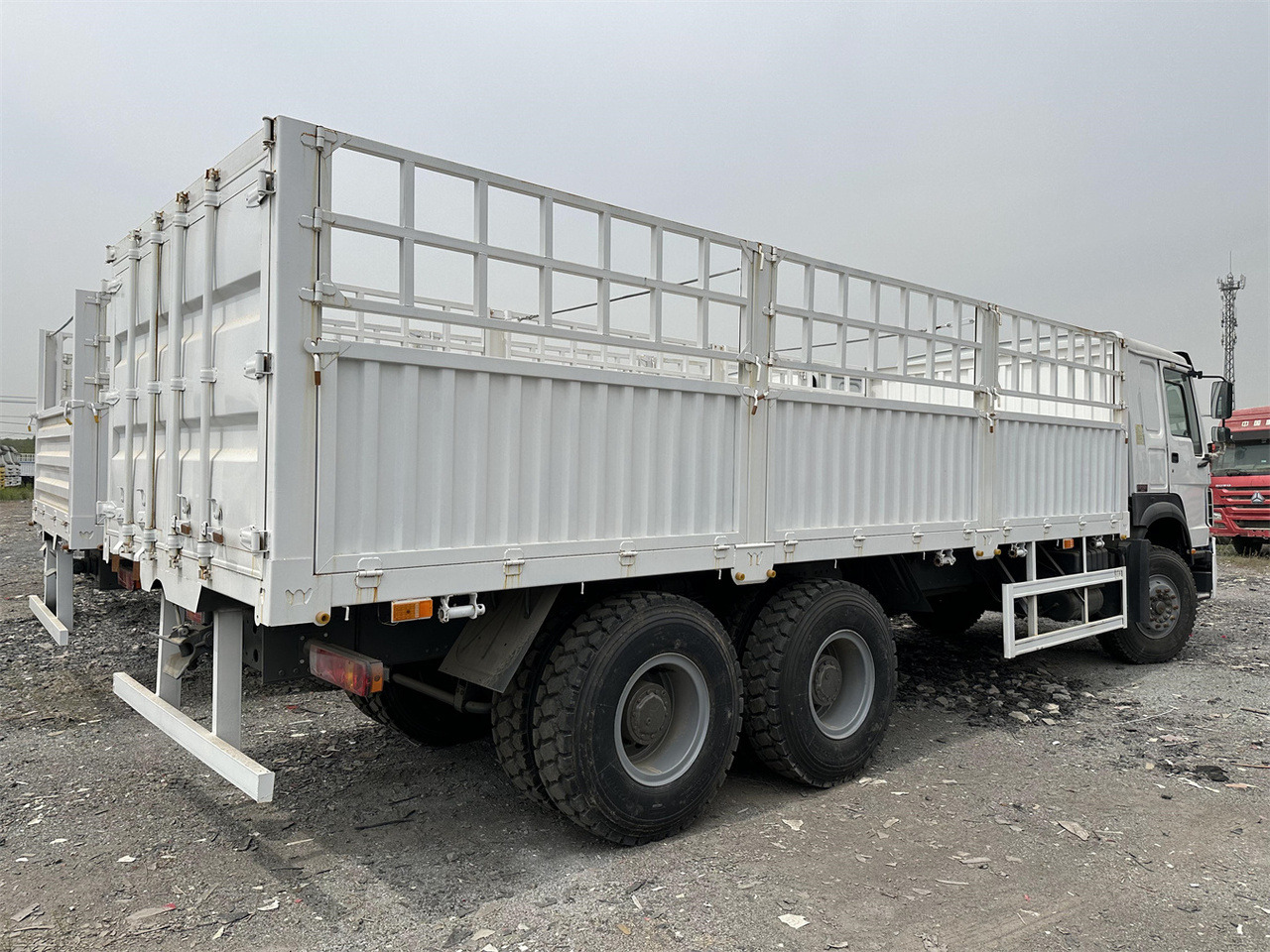
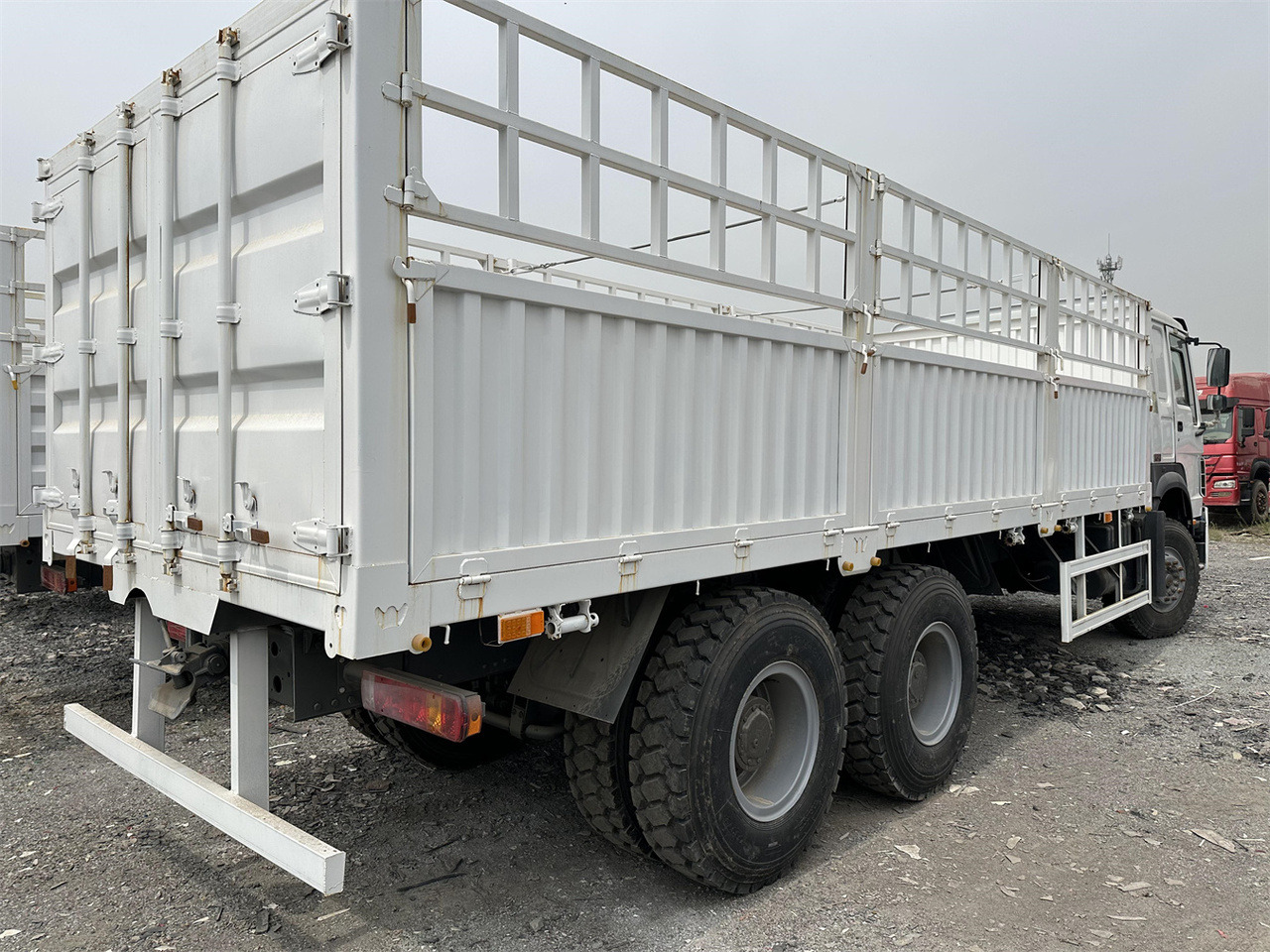
SINOTRUK HOWO 371 Cargo truck
15 195EUR
- ≈ 1 550 497 INR
- ≈ 17 691 USD





Scania P310 4x2 LIVESTOCK / VEEWAGEN / TIERTRANSPORT / BETAILLERE - ALU BOX 7m - MANUAL - A/C - BELGIAN TRUCK MJC11977
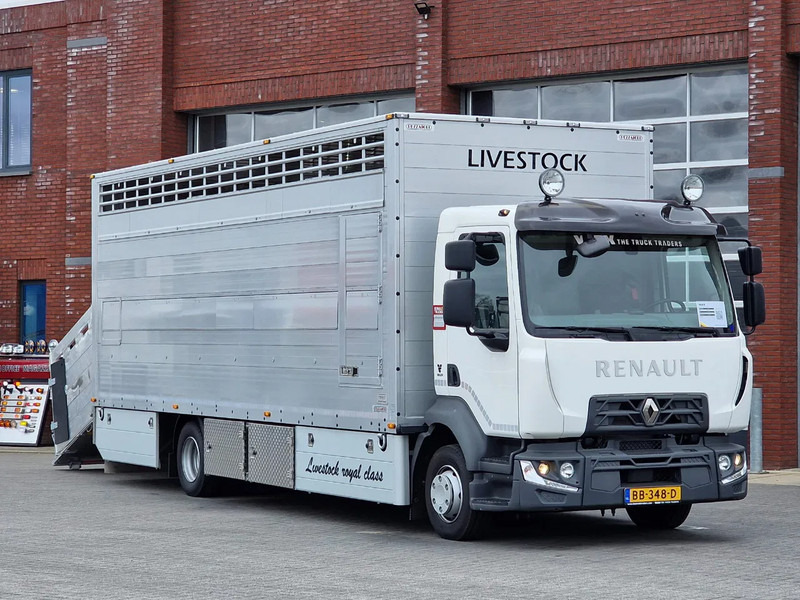




Renault Midlum D210 4x2 - NEW - Pezzaioli 1 deck - Ventilation - 17.9M2 - Ramp - Euro6d
99 900EUR
Price excl. VAT
- ≈ 10 193 796 INR
- ≈ 116 315 USD
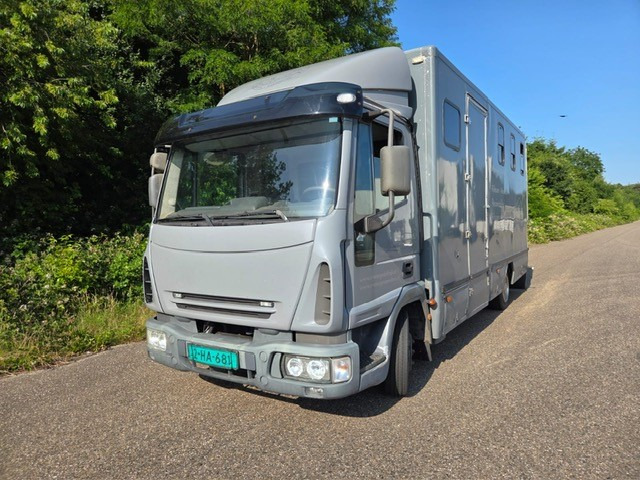




IVECO 75E
16 750EUR
Price excl. VAT
- ≈ 1 709 170 INR
- ≈ 19 502 USD

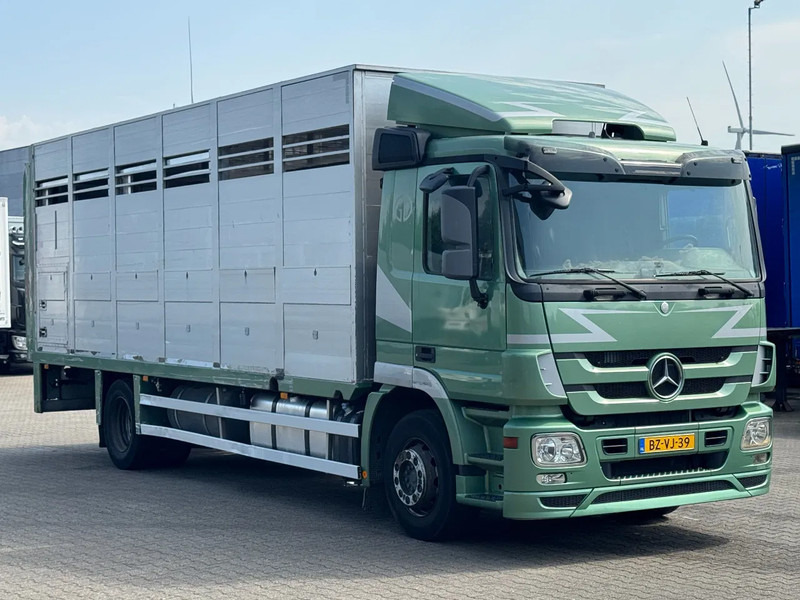
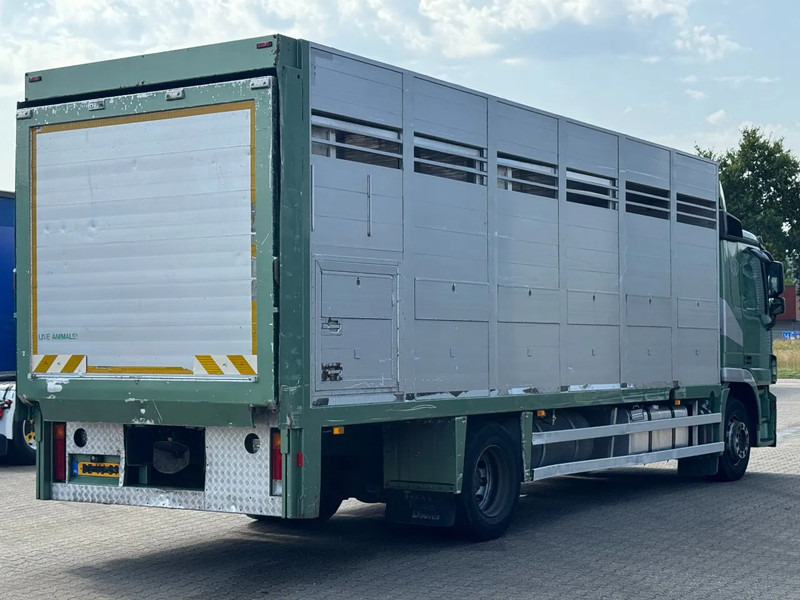


Mercedes-Benz Actros 1832 L 1 - 2 Stock Animal Transport
17 500EUR
Price excl. VAT
- ≈ 1 785 700 INR
- ≈ 20 375 USD


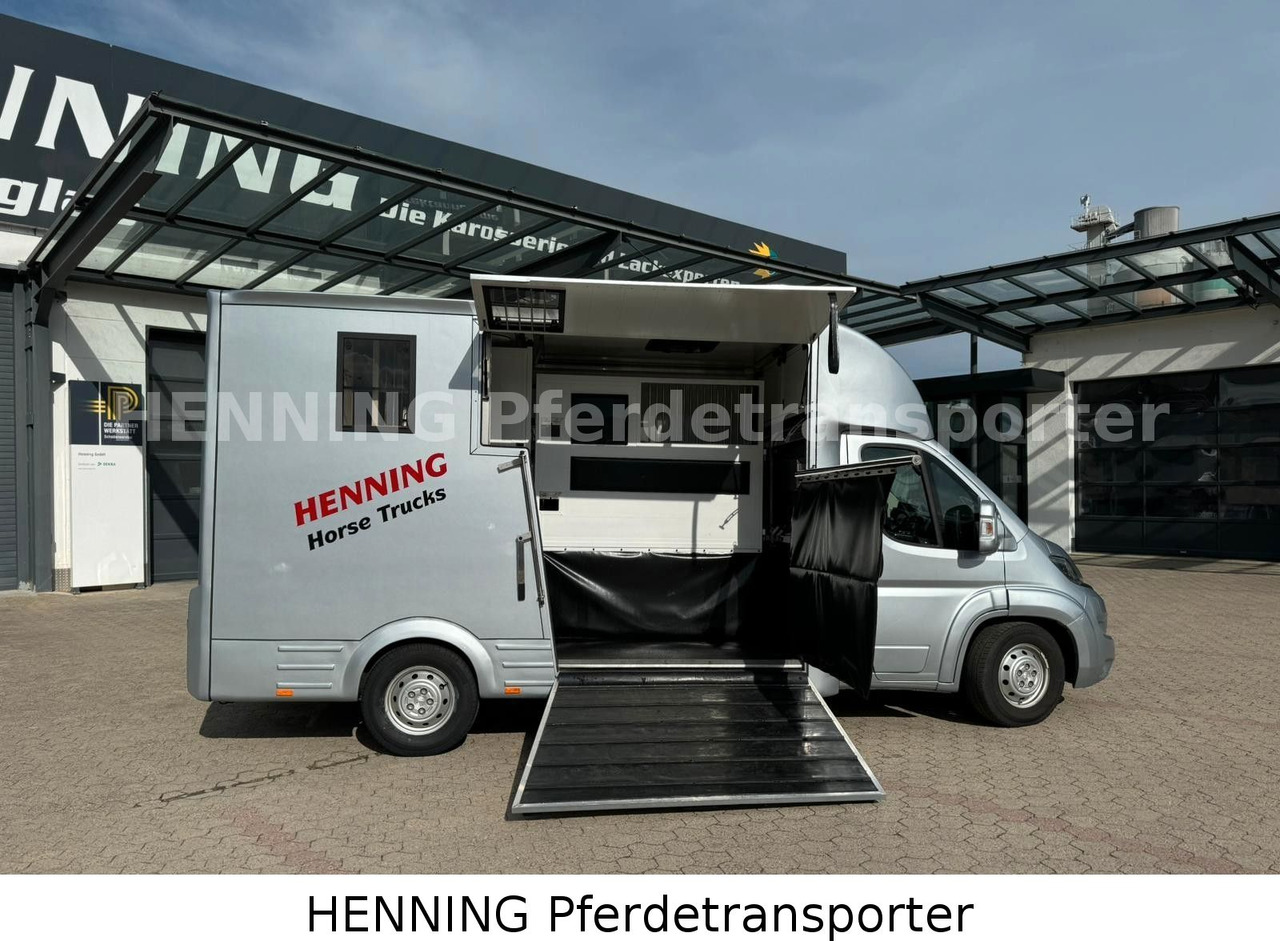


Peugeot Boxer 3 - Sitzer
58 000EUR
- ≈ 5 918 320 INR
- ≈ 67 530 USD





Volvo FM 300 Livestock Cuppers 3 laags 6x2
22 950EUR
Price excl. VAT
- ≈ 2 341 818 INR
- ≈ 26 721 USD

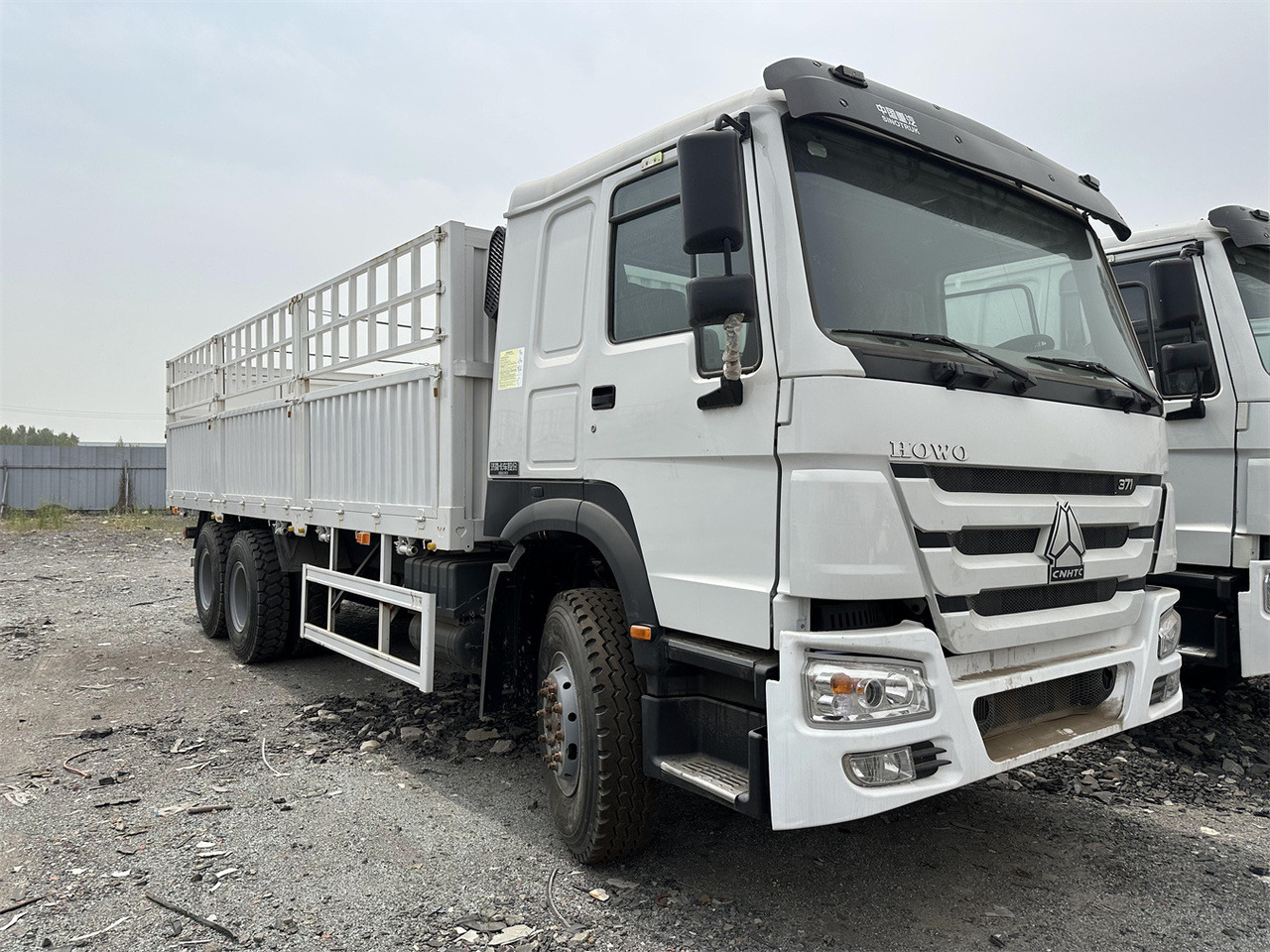



SINOTRUK HOWO 371 Cargo truck
15 282EUR
- ≈ 1 559 375 INR
- ≈ 17 793 USD
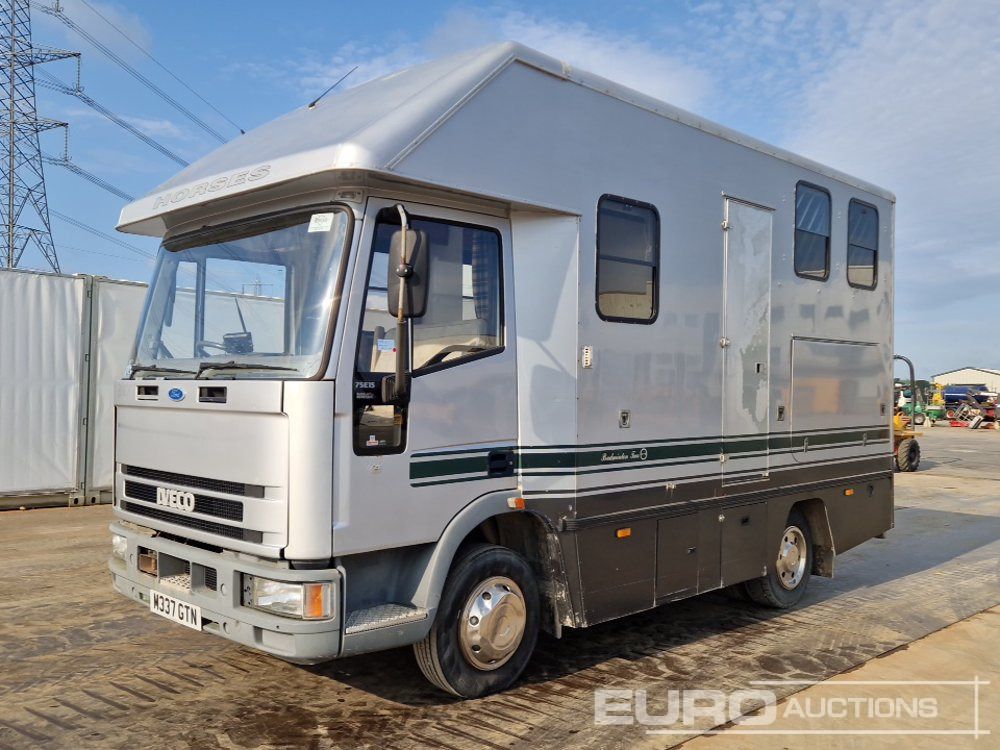




Iveco Ford 75E15K
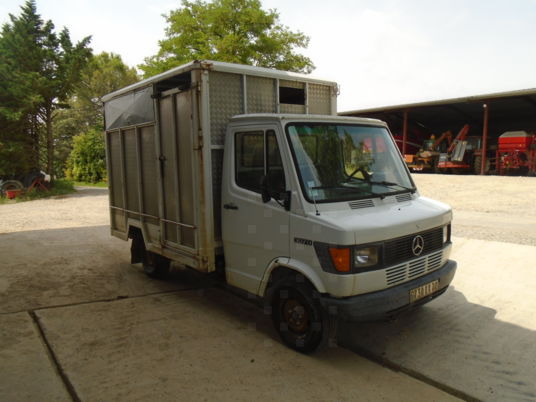
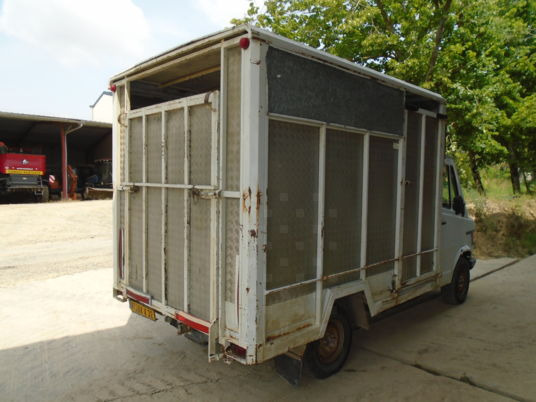
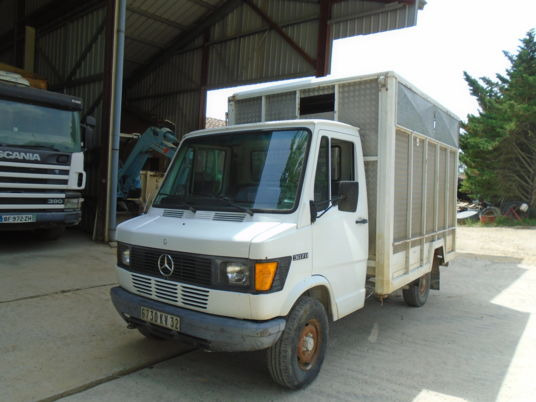
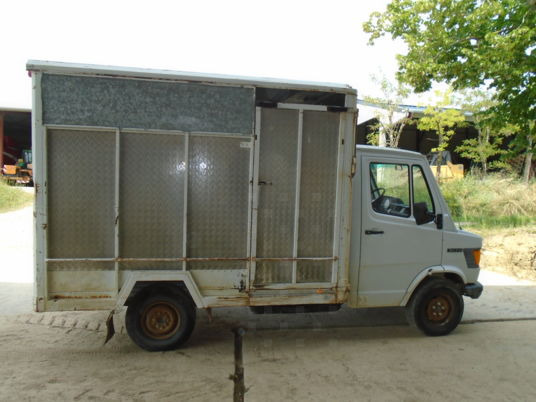
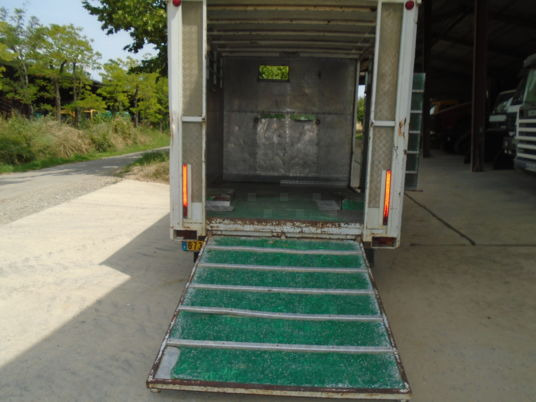
Mercedes 307D
3 500EUR
- ≈ 357 140 INR
- ≈ 4 075 USD





Volvo FH 13 480 6x2 3 stock livestock transport Cuppers
32 500EUR
Price excl. VAT
- ≈ 3 316 300 INR
- ≈ 37 840 USD





DAF LF 45.150 4 paards, laadlift. Horsetruck NL truck
10 400EUR
Price excl. VAT
- ≈ 1 061 216 INR
- ≈ 12 108 USD

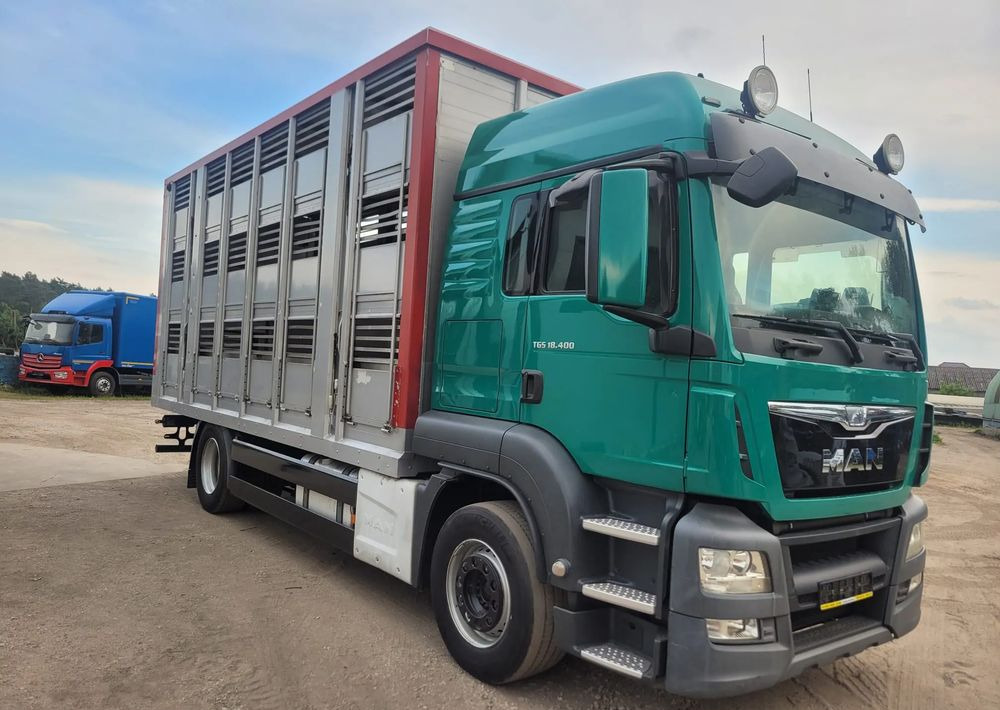
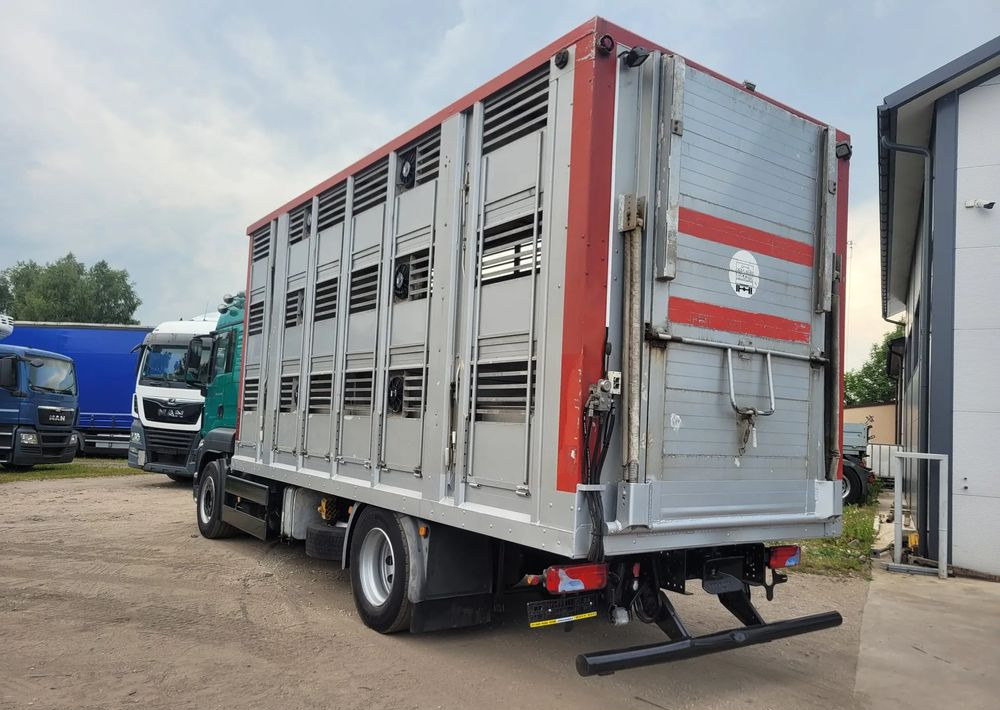
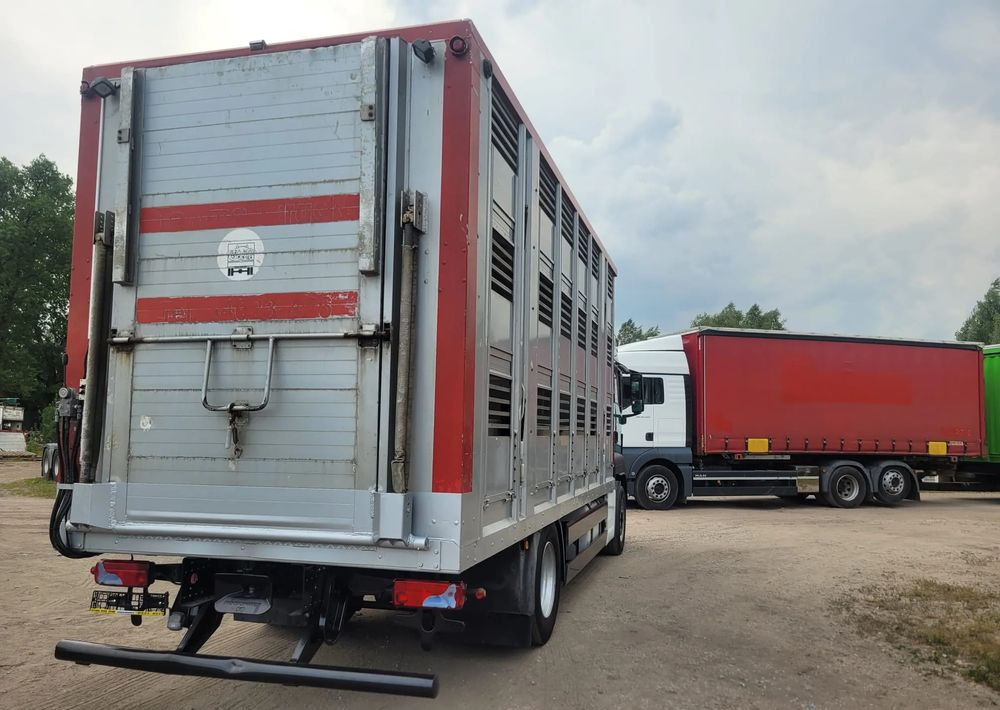
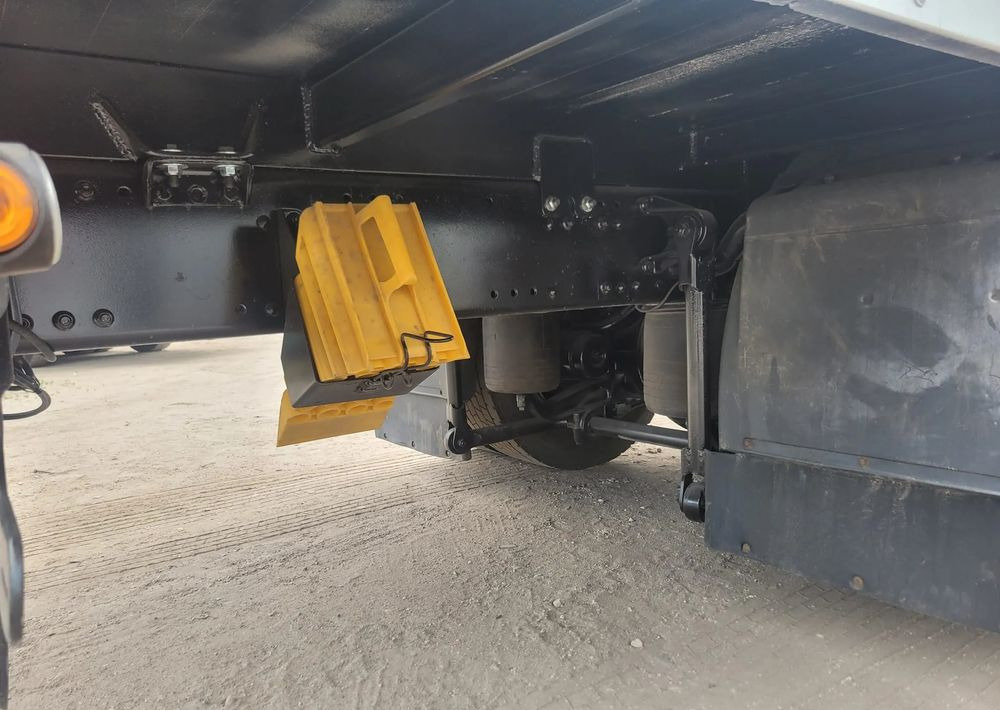
MAN TGS 18.400 Euro 6 do żywca
27 073EUR
Price excl. VAT
- ≈ 2 762 528 INR
- ≈ 31 521 USD
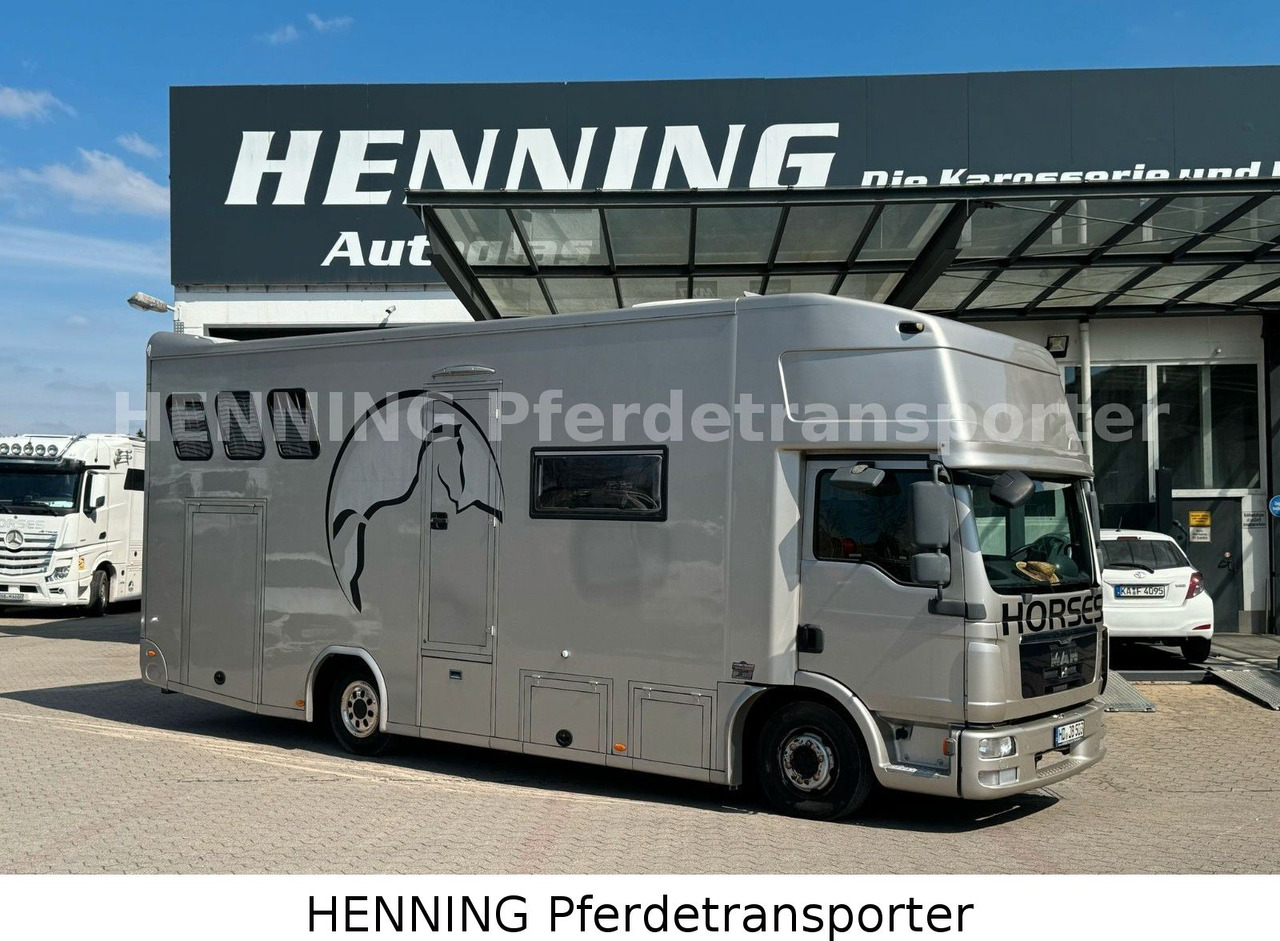
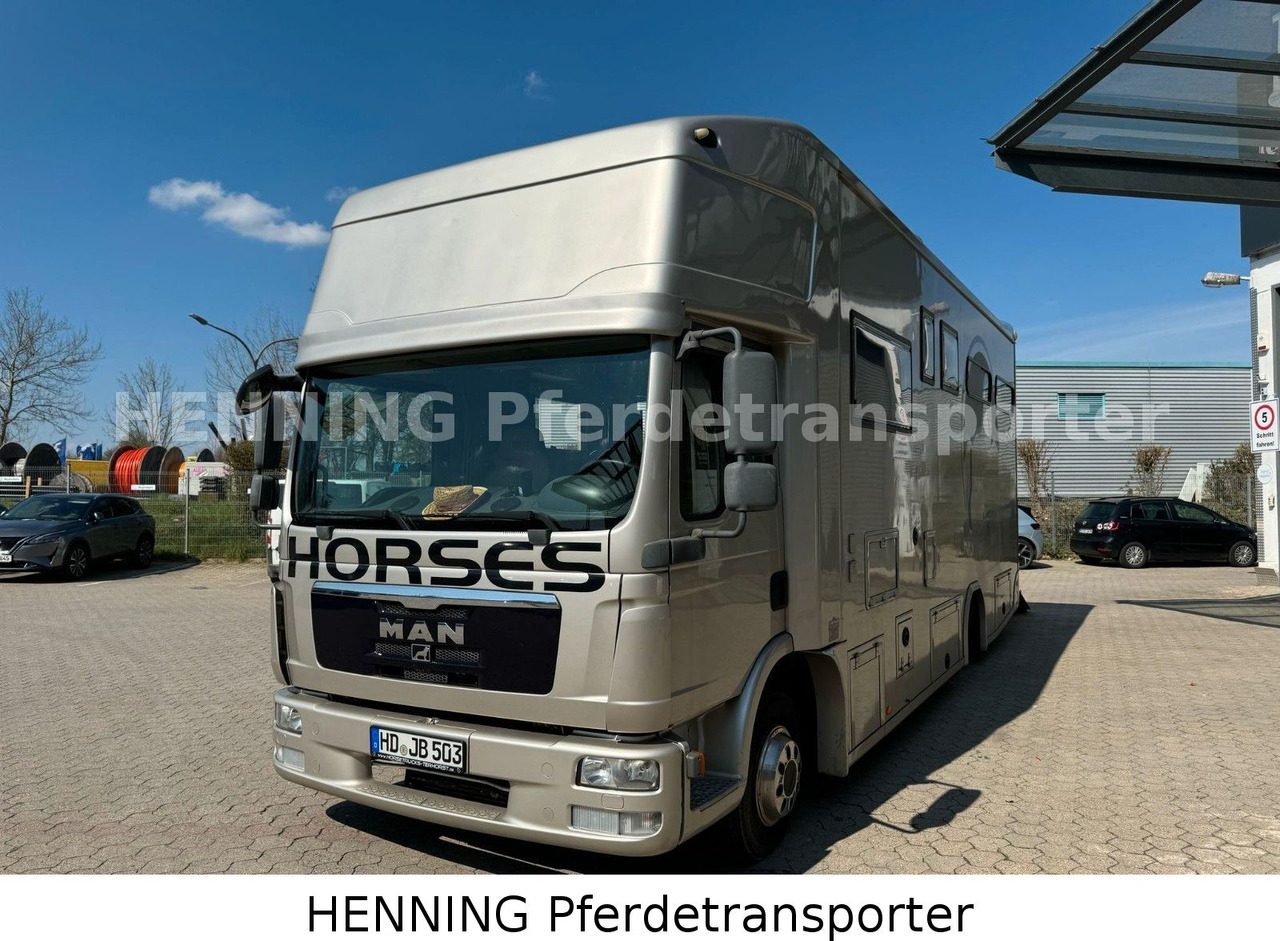
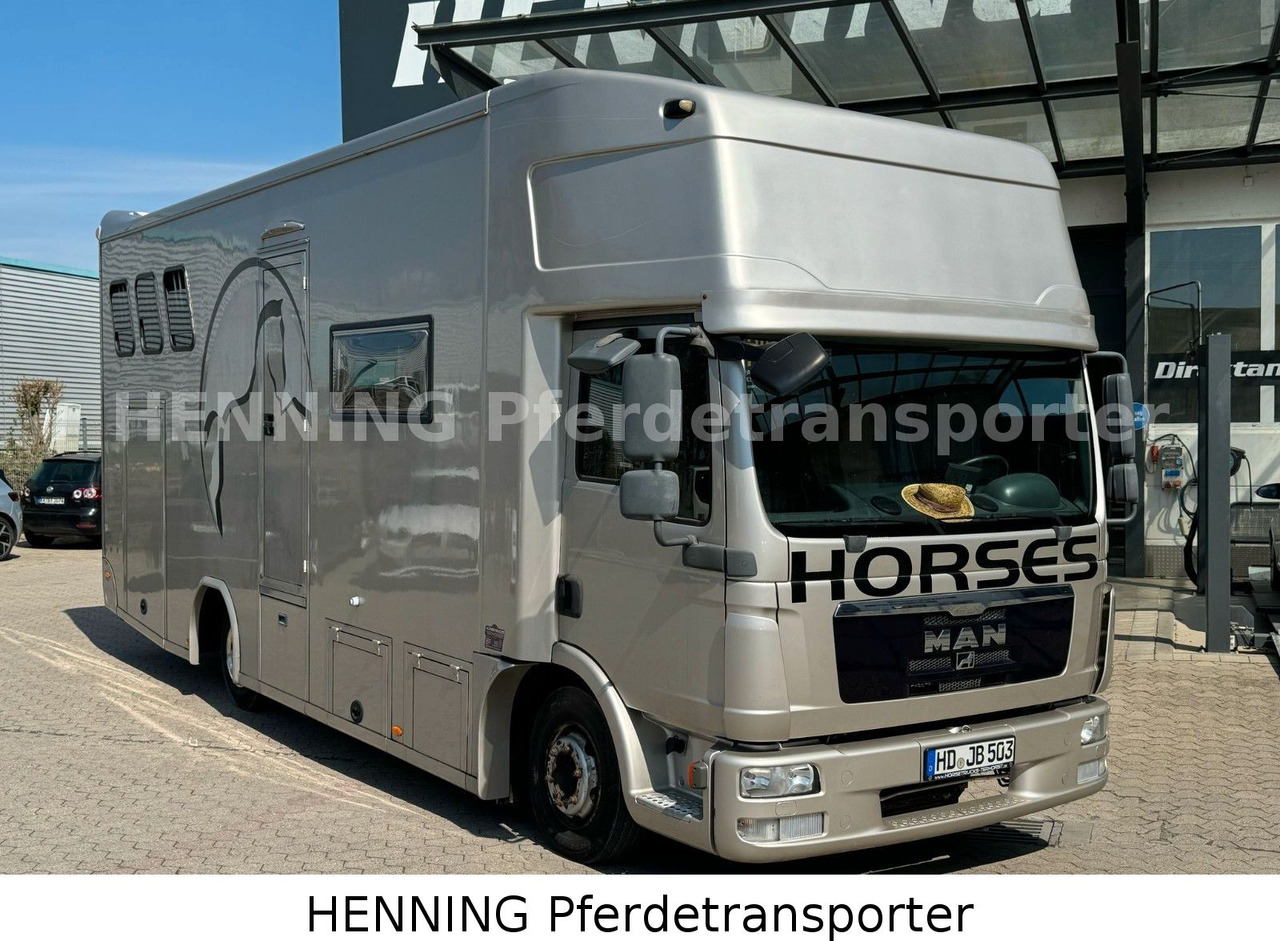
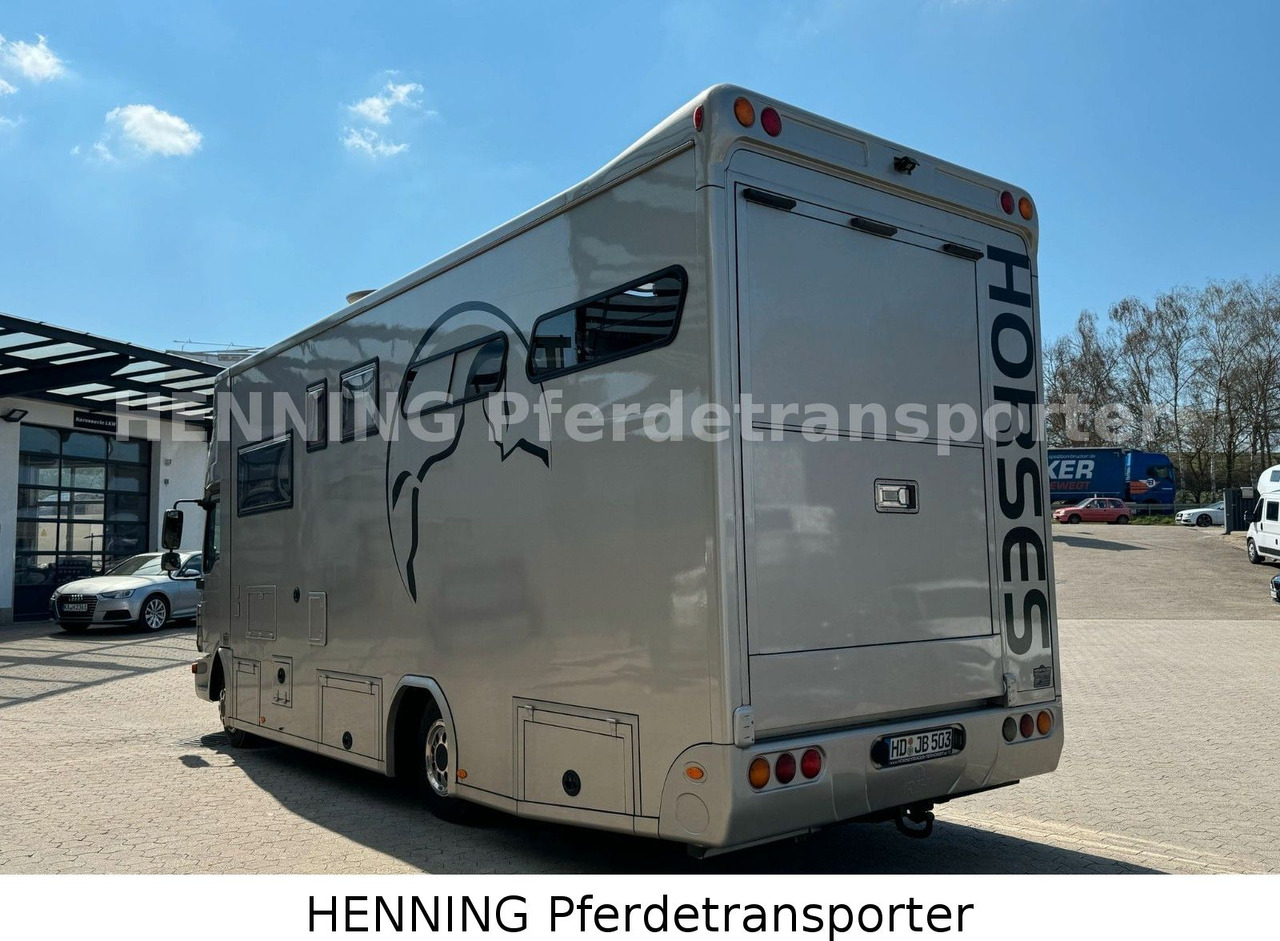
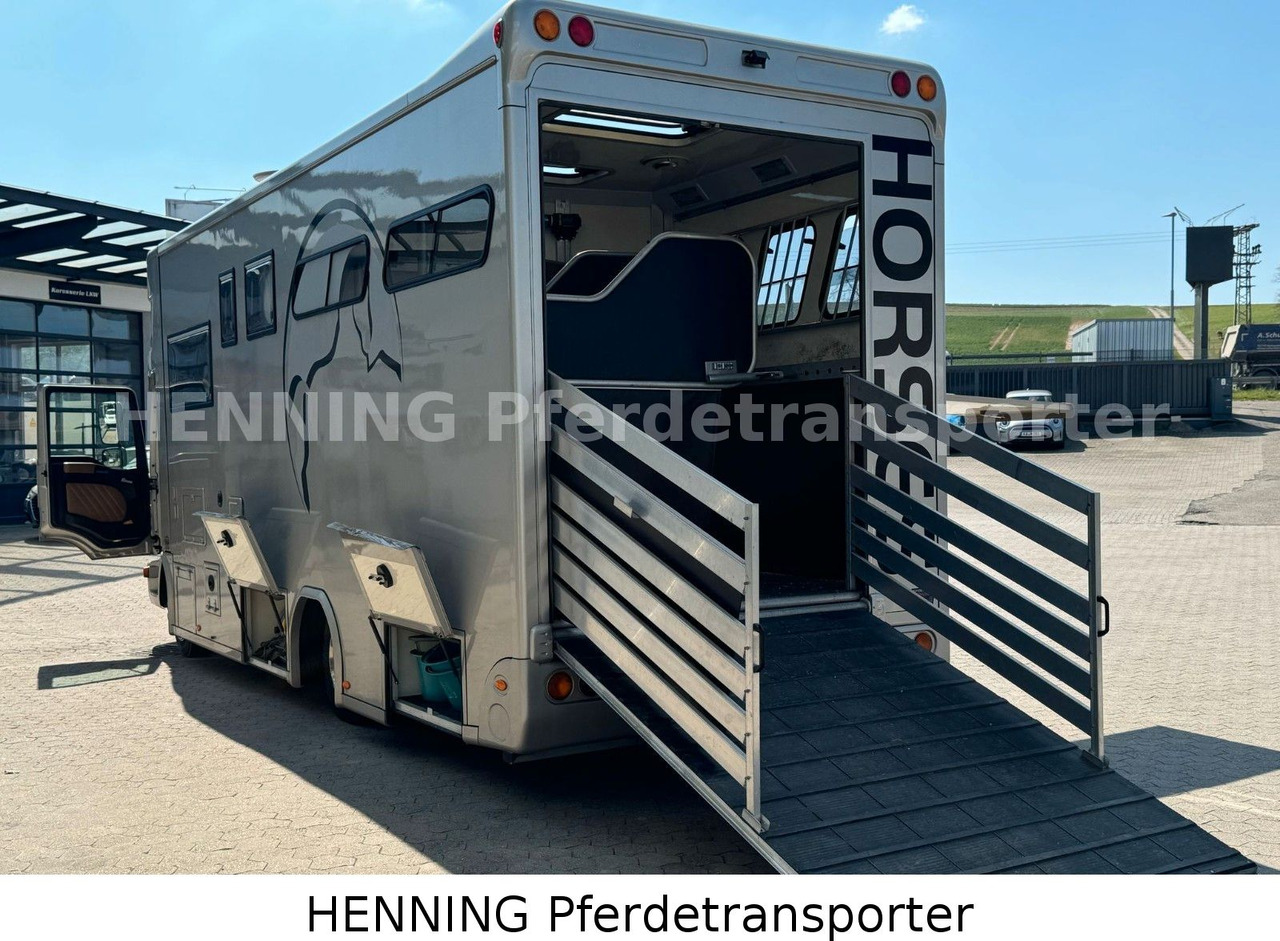
MAN TGL PFERDETRANSPORTER RJH
98 000EUR
- ≈ 9 999 920 INR
- ≈ 114 103 USD
Livestock trucks represent a specialized category of commercial vehicles designed specifically for the safe and humane transportation of live animals including cattle, sheep, pigs, and poultry. These purpose-built vehicles feature ventilated cargo compartments, non-slip flooring, water systems, and animal welfare features mandated by transportation regulations and industry standards. Livestock truck operations form a critical component of agricultural supply chains, connecting farms with processing facilities, auction markets, and breeding operations while ensuring animal welfare throughout the transportation process. The livestock transportation market encompasses various configurations including single-deck units for large animals, multi-deck systems for smaller livestock, and specialized designs for specific animal types. Modern livestock trucks integrate advanced ventilation systems, temperature monitoring equipment, and hydraulic loading ramps to maximize animal comfort while ensuring operational efficiency. Companies evaluating livestock truck for sale options must consider animal capacity requirements, regulatory compliance factors, and welfare standards that significantly impact vehicle specifications and operational procedures. Cattle lorry operations require robust construction to handle the weight and movement of large animals, while sheep truck configurations optimize space utilization for smaller livestock transport. Understanding the technical specifications, welfare requirements, and regulatory framework is essential when selecting livestock trucks that deliver safe, compliant, and economically viable animal transportation services.
Livestock Truck Design and Animal Welfare Features
Livestock truck design prioritizes animal welfare through specialized construction features that ensure safe, comfortable transportation while meeting stringent regulatory requirements. Ventilation systems represent the most critical component, incorporating natural airflow designs with adjustable side vents, roof ventilators, and front air intakes that maintain optimal air quality throughout the cargo compartment. These systems typically provide air exchange rates of 6-8 air changes per hour during stationary periods and 15-20 changes per hour during highway operation.
Flooring systems utilize non-slip materials designed to provide secure footing for animals while facilitating drainage and cleaning operations. Rubber matting with raised patterns, textured aluminum sheeting, and specialized polymer surfaces offer superior grip characteristics compared to standard truck flooring. Drainage systems incorporate sloped floors with strategically positioned drains that channel waste fluids away from animal areas while preventing accumulation that could create unsanitary conditions.
Interior compartment design addresses animal behavior and safety requirements through padded walls, rounded corners, and appropriate ceiling heights that prevent injury during transport. Cattle lorry configurations typically feature 1.8-2.2 meter interior heights to accommodate standing cattle, while sheep truck designs optimize space with adjustable deck systems that can be configured for different animal sizes. Partition systems enable separation of different animal groups, sexes, or species while maintaining adequate space allocation per animal.
Loading and unloading systems incorporate hydraulic ramps with non-slip surfaces, adjustable heights, and side railings that guide animals safely into and out of transport compartments. These ramps typically feature 15-20 degree maximum slopes to ensure comfortable animal movement while accommodating various loading dock configurations. Advanced systems include retractable decks, multiple access points, and emergency escape routes that enhance operational flexibility and safety.
Water delivery systems provide essential hydration during extended transport periods through automated watering systems, portable water tanks, or connection points for external water supplies. These systems must comply with animal welfare regulations that mandate water availability for journeys exceeding specified durations, typically 8-12 hours depending on animal species and local regulations.
Regulatory Compliance and Transportation Standards
Livestock transportation regulations establish comprehensive frameworks governing vehicle specifications, animal welfare standards, and operational procedures to ensure humane treatment throughout the transportation process. These regulations specify minimum space allowances per animal, maximum journey durations, mandatory rest periods, and environmental conditions that must be maintained during transport. Cattle transport typically requires 1.6-2.4 square meters per adult animal depending on size and breed, while sheep allocations range from 0.2-0.4 square meters per animal.
Driver certification requirements mandate specialized training covering animal behavior, welfare regulations, emergency procedures, and proper handling techniques. Many jurisdictions require periodic recertification and continuing education to maintain authorization for livestock transport operations. Training programs address species-specific requirements, stress recognition, loading procedures, and regulatory compliance documentation that ensures professional competency.
Vehicle inspection protocols require regular verification of ventilation systems, flooring conditions, partition integrity, and safety equipment functionality. These inspections typically occur annually or semi-annually depending on regulatory requirements, with documentation maintained to demonstrate ongoing compliance. Inspection criteria include structural integrity, ventilation performance, drainage effectiveness, and animal welfare feature functionality.
Journey planning regulations mandate documentation of transport routes, scheduled rest stops, journey durations, and animal welfare monitoring procedures. Electronic logging systems increasingly track vehicle location, environmental conditions, and journey progress to ensure regulatory compliance and provide evidence of proper animal care during transport. These systems often integrate temperature monitoring, GPS tracking, and automated reporting capabilities.
International transport operations require additional documentation including health certificates, import/export permits, and border inspection protocols. These requirements significantly impact operational planning and may necessitate specialized vehicle features or equipment to meet destination country standards. Compliance failures can result in significant penalties, cargo rejection, and operational restrictions that emphasize the importance of thorough regulatory understanding.
Specialized Configurations for Different Livestock Types
Cattle transport vehicles feature robust construction designed to handle the weight and movement dynamics of large animals, typically accommodating 20-30 adult cattle depending on vehicle size and animal weights. These units incorporate reinforced flooring systems, heavy-duty partition walls, and enhanced suspension components to manage the significant dynamic loads generated by cattle movement during transport. Cattle lorry for sale options often feature single-deck configurations with maximum interior heights and minimal internal obstructions.
Sheep truck configurations optimize cargo space through multi-deck systems that accommodate the smaller size and different behavioral characteristics of sheep. These vehicles typically feature 2-3 deck levels with hydraulic or manual deck adjustment systems that enable configuration for different animal sizes. Sheep trucks can accommodate 200-400 animals depending on size and deck configuration, with ventilation systems designed for higher animal density operations.
Pig transport vehicles address the specific requirements of swine transportation including enhanced ventilation needs, specialized loading systems, and compartment designs that accommodate pig behavior patterns. These units often feature side-loading capabilities, multiple compartment sizes, and enhanced cleaning systems that facilitate sanitization between loads. Pig transporters typically accommodate 100-200 animals depending on size and weight categories.
Poultry transport systems utilize specialized container-based designs with integrated ventilation, automated loading systems, and climate control capabilities. These vehicles transport birds in standardized crates or containers that can be mechanically loaded and unloaded, minimizing handling stress and improving operational efficiency. Poultry transporters can accommodate thousands of birds through optimized container arrangements and specialized support systems.
Multi-species livestock trucks incorporate flexible compartment systems that can be reconfigured for different animal types, enabling operators to serve diverse market segments with a single vehicle. These versatile units feature adjustable partitions, variable ventilation settings, and adaptable loading systems that accommodate the different requirements of various livestock species while maintaining regulatory compliance.
Economic Analysis and Operational Considerations
Livestock truck acquisition costs reflect the specialized construction, regulatory compliance features, and animal welfare equipment required for professional animal transport operations. Basic cattle lorries typically range from ₹35-55 lakhs, while sophisticated multi-deck sheep trucks can exceed ₹70 lakhs depending on capacity and features. Used livestock truck for sale options provide cost-effective alternatives, typically priced 40-60% below equivalent new vehicles depending on age, condition, and regulatory compliance status.
Operating cost analysis encompasses fuel consumption, maintenance expenses, insurance premiums, and regulatory compliance costs unique to livestock transportation. Fuel consumption typically ranges from 3-5 kilometers per liter depending on vehicle size, animal load, and operational patterns. Loaded operations with live animals require careful speed control and smooth driving techniques that may reduce fuel efficiency compared to general freight operations.
Maintenance costs represent a significant operational expense due to the demanding operating environment and specialized equipment requirements. Annual maintenance expenses typically range from 15-20% of initial purchase price, including ventilation system servicing, flooring replacement, and sanitization procedures. Livestock operations accelerate wear on interior components due to animal waste, cleaning chemicals, and constant exposure to moisture.
Insurance premiums for livestock transport operations typically exceed standard commercial vehicle rates by 100-200% due to cargo value, animal welfare liability, and specialized risk factors. Comprehensive coverage including livestock mortality insurance, animal welfare liability protection, and regulatory compliance coverage is essential for commercial operations. Claims history significantly impacts premium rates, emphasizing the importance of proper animal handling and welfare compliance.
Revenue potential varies significantly based on animal types, transportation distances, and market conditions. Cattle transport typically generates higher per-trip revenue due to cargo value and space requirements, while sheep and pig transport may offer higher vehicle utilization through increased loading frequency. Seasonal variations in livestock markets significantly impact demand patterns and pricing structures throughout the year.
Maintenance Requirements and Sanitation Protocols
Livestock truck maintenance programs must address the unique challenges of animal transportation including sanitation requirements, ventilation system care, and animal welfare equipment maintenance. Cleaning and disinfection protocols require thorough sanitization between loads to prevent disease transmission and maintain regulatory compliance. These procedures typically involve high-pressure washing, chemical disinfection, and complete drying before loading subsequent animals.
Ventilation system maintenance includes regular inspection of air intakes, fan operation, and vent adjustment mechanisms to ensure optimal air quality throughout animal compartments. Filter replacement, fan belt inspection, and vent cleaning represent routine maintenance tasks that directly impact animal welfare and regulatory compliance. Ventilation performance testing may be required annually to verify adequate air exchange rates.
Flooring system maintenance focuses on non-slip surface integrity, drainage function, and structural condition assessment. Regular inspection identifies wear patterns, damage, or contamination that could compromise animal safety or welfare. Flooring replacement intervals vary based on usage intensity and animal types, with cattle operations typically requiring more frequent replacement due to heavier animals and increased wear.
Hydraulic system maintenance addresses loading ramp operation, deck adjustment mechanisms, and partition movement systems. These components require regular lubrication, seal replacement, and performance verification to ensure reliable operation during loading and unloading procedures. Hydraulic failures during animal handling operations can create significant welfare concerns and operational disruptions.
Record keeping requirements mandate documentation of maintenance activities, cleaning procedures, and animal welfare monitoring to demonstrate regulatory compliance. These records may be subject to regulatory inspection and must be maintained for specified periods depending on local requirements. Electronic maintenance management systems increasingly assist operators in maintaining comprehensive documentation while scheduling preventive maintenance activities.
Market Trends and Future Developments
Technology integration increasingly influences livestock truck design through automated monitoring systems, GPS tracking, and telematics platforms that enhance animal welfare monitoring and operational efficiency. Temperature and humidity sensors provide real-time environmental data, while video monitoring systems enable remote observation of animal behavior during transport. These technologies support regulatory compliance while providing operational data that optimizes transport procedures.
Alternative fuel systems gain consideration in livestock transportation as operators seek to reduce operating costs and environmental impact. Electric and hybrid powertrains face challenges due to range limitations and charging infrastructure, but may become viable for shorter-distance operations. Compressed natural gas and biodiesel alternatives offer immediate benefits for existing operations while reducing emissions and fuel costs.
Automated loading systems represent emerging technology that could reduce handling stress while improving operational efficiency and worker safety. Robotic guidance systems, automated gates, and computer-controlled loading sequences minimize human intervention while ensuring consistent, gentle animal handling. These systems require significant capital investment but may provide long-term benefits through improved animal welfare and reduced labor requirements.
Regulatory evolution continues to increase animal welfare standards, potentially requiring enhanced monitoring systems, improved environmental controls, and reduced journey durations. Operators must anticipate regulatory changes and invest in equipment that meets evolving standards while maintaining economic viability. Proactive compliance often provides competitive advantages through enhanced reputation and market access.
Market consolidation influences the livestock transport industry as larger operators invest in modern equipment and compliance systems while smaller operators face increasing regulatory and economic pressures. This trend creates opportunities for specialized service providers and technology companies while challenging traditional operational models throughout the agricultural supply chain.
What factors determine livestock truck pricing in the current market?
Livestock truck prices vary based on animal capacity, construction materials, welfare features, and regulatory compliance equipment. Basic cattle lorries range ₹35-55 lakhs, while multi-deck sheep trucks exceed ₹70 lakhs. Factors include ventilation systems, hydraulic loading equipment, interior configurations, and specialized features that significantly impact pricing structures. Used livestock trucks typically cost 40-60% less than new equivalents.
How do I determine the right capacity for my livestock operations?
Capacity selection should consider animal types, typical load sizes, and regulatory space requirements. Cattle trucks accommodate 20-30 adult animals, sheep trucks handle 200-400 animals with multi-deck systems, while pig transporters carry 100-200 animals. Consider minimum space allocations per animal, loading efficiency, and market demand patterns when selecting capacity specifications.
What are the key differences between cattle and sheep truck specifications?
Cattle lorries feature single-deck construction with 1.8-2.2 meter heights, reinforced flooring, and robust partitions for large animals. Sheep trucks utilize multi-deck systems with 2-3 levels, hydraulic deck adjustment, and optimized space utilization for smaller animals. Ventilation requirements differ based on animal density, with sheep trucks requiring enhanced air circulation for higher animal numbers.
Are there specific licensing requirements for livestock transport operations?
Livestock transport requires commercial driving licenses plus specialized endorsements for animal transport. Operators need training in animal welfare regulations, handling procedures, emergency response, and species-specific requirements. Many jurisdictions require periodic recertification and continuing education. Additional permits may be needed for interstate or international transport operations.
What maintenance is required for livestock truck ventilation systems?
Ventilation maintenance includes regular inspection of air intakes, fan operation, and vent mechanisms. Filter replacement, fan belt checks, and vent cleaning ensure optimal air quality. Annual performance testing may verify adequate air exchange rates (6-8 changes/hour stationary, 15-20 during transport). Proper ventilation is critical for animal welfare and regulatory compliance.
How do animal welfare regulations impact livestock truck design?
Welfare regulations mandate minimum space allocations, maximum journey durations, ventilation requirements, and environmental standards. Trucks must provide 1.6-2.4 m² per cattle or 0.2-0.4 m² per sheep, non-slip flooring, adequate headroom, water access, and temperature control. Compliance requires specialized construction features and operational procedures that significantly impact vehicle specifications.
What cleaning and sanitation procedures are required between loads?
Sanitation protocols require thorough cleaning between loads including high-pressure washing, chemical disinfection, and complete drying. Procedures must eliminate disease transmission risks and maintain regulatory compliance. Documentation of cleaning activities is typically required, with specific disinfectants approved for livestock use. Some operations require veterinary oversight of sanitation procedures.
Can livestock trucks be used for other cargo types?
Livestock trucks can potentially transport other cargo but require thorough cleaning and may need modifications to remove animal-specific features. However, specialized construction, ventilation systems, and interior configurations limit versatility. Many operators maintain dedicated livestock fleets to ensure regulatory compliance and prevent cross-contamination issues that could affect animal health.
What insurance coverage is needed for livestock transport operations?
Livestock transport requires specialized insurance including cargo coverage for animal mortality, animal welfare liability protection, and regulatory compliance coverage. Premiums typically exceed standard commercial rates by 100-200% due to specialized risks. Coverage should include veterinary expenses, emergency care, and potential regulatory penalties. Claims history significantly impacts premium rates.
How long do livestock trucks typically last in commercial service?
Well-maintained livestock trucks achieve 12-18 years of commercial service or 800,000-1,200,000 kilometers depending on usage intensity and maintenance quality. Interior components require more frequent replacement due to animal waste and cleaning chemicals. Proper sanitation and maintenance protocols are critical for longevity, while regulatory changes may require equipment updates before end of useful life.

